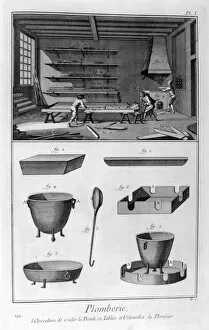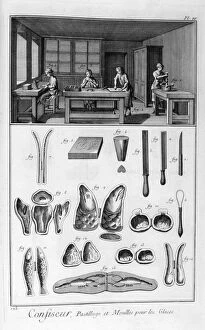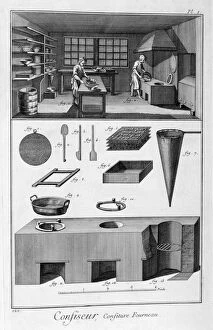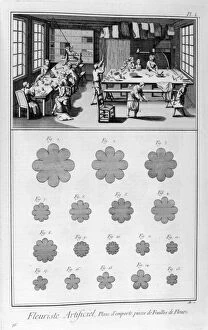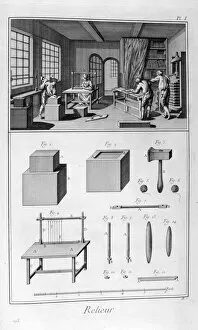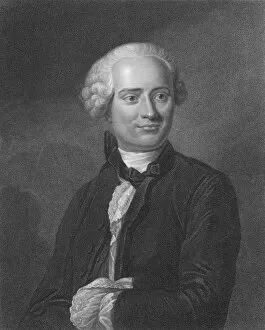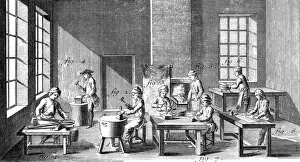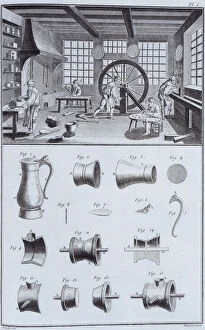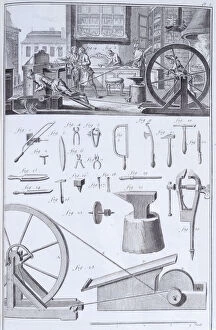Jean Le Rond Dalembert Collection (#2)
Jean le Rond d'Alembert, a prominent figure in the 18th century, was not only a French mathematician, physicist
For sale as Licensed Images
Choose your image, Select your licence and Download the media
Jean le Rond d'Alembert, a prominent figure in the 18th century, was not only a French mathematician, physicist, and philosopher but also made significant contributions to various fields. His work on the arterial system revolutionized our understanding of human anatomy. In his research, he delved deep into the intricate network of blood vessels that form this vital system. D'Alembert's brilliance extended beyond medicine. He collaborated with Denis Diderot on the famous L'Encyclopédie project, where they explored ancient alphabets from different cultures. Their chromolitho prints showcased stunning both Ancient Alphabets and Ancient Oriental Alphabets. In addition to linguistics and anatomy, d'Alembert had an interest in technology as well. He developed a parallel-bar edge-marking machine that marked the edges of coins accurately and efficiently. This innovation improved coin production methods during his time. The breadth of d'Alembert's knowledge is evident in his Alphabet Chart featured in L'Encyclopédie. This comprehensive chart provided an overview of various writing systems used across different regions throughout history. One cannot overlook d'Alembert's collaboration with Diderot on their monumental Encyclopédie project either. The engraving depicting them working together showcases their dedication to disseminating knowledge through this groundbreaking publication. D'Alembert's influence reached far beyond France; he was received by Frederick II in Berlin for his exceptional intellect and achievements—an honor bestowed upon few intellectuals during that era. Furthermore, d’Alembert’s interests encompassed mechanics too; he depicted horses driving a rolling mill—a device used for metalworking—in one of the illustrations found within Diderot’s Encyclopédie. Lastly, we must acknowledge d’Alembert’s contribution to printing techniques known as Imprimerie en Taille Douce.

